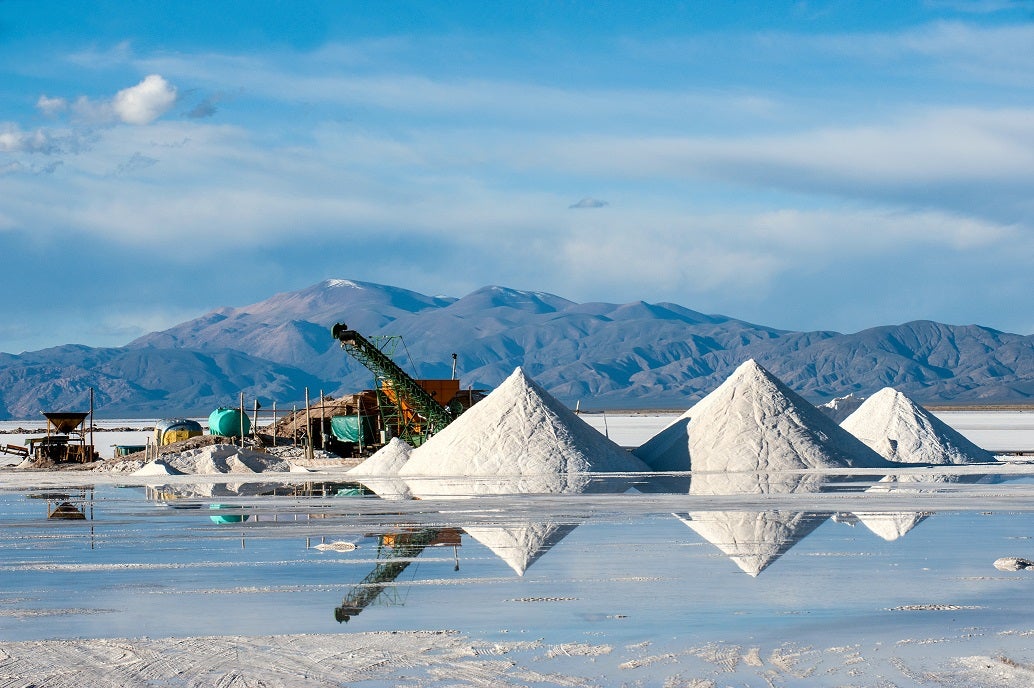
The next ten years are crucial in the fight against climate change, resource scarcity, and environmental damage. The pressure is on mining, minerals, and metals organizations to adopt sustainable practices while also supplying the critical resources needed to support a more sustainable and greener world.
The resources industry’s historic impact on the environment is clear, with 4-7% of global greenhouse emissions coming from mining alone. But without a sustainable resources industry, global efforts to reduce CO2 emissions will be difficult. Therefore, meeting sustainability commitments is vital not only for the success of energy-intensive essential businesses but also for the sustainability of the entire planet itself.
Accelerating mining decarbonization
As digital technology becomes more capable and affordable, and operations move to electrification with sustainable alternative energy sources, highly sustainable mining, minerals, and metals operations can become the norm.
The launch of the world’s first sustainable lithium mining power solution by Schneider Electric and Wärtsilä earlier this year, demonstrated how organisations can enable sustainable practices within the mining sector and established the economic and environmental benefits that increased efficiency of mining operations can bring.
Schneider Electric and Wärtsilä partnered to create a sustainable, uninterrupted power solution for the most remote lithium mines in the world. The holistic fit-for-purpose power system includes tailored power supply consulting and design, power infrastructure build, equipment delivery, installation, digital microgrids operation, and commissioning available to mining operators around the world.
The new solution developed over several years of collaboration and many projects, optimizes the efficient delivery and use of energy. It unifies and leverages microgrids, thermal power generation, energy storage, and other renewable energy sources to provide a highly cost-effective power solution with a minimal environmental footprint for the mining industry.
The figures say it all. Based on pilot projects, typical results include an average overall CapEx reduction of 27%, a CO2 emissions reduction of up to 20% or 18,500 tons per year per mine and an energy cost reduction of 40% when switching to the joint Schneider Electric – Wärtsilä solution from local off-grid diesel-generated power.
A net-zero future
The benefits go well beyond lithium mining. To create a truly net-zero future, electric vehicles and renewable energy storage must become more affordable and accessible. The Schneider Electric and Wärtsilä solution can enable mining operators to reduce the environmental impact of their sites and reduce the cost of production. It has the potential to power the next generation of technology and ultimately act as the foundation of a net-zero society.
Global minerals, metals and mining operators need to decarbonize their operations at speed and move towards becoming 100% renewable. This solution provides the answers to these challenges, bringing transparency and efficiency to previously opaque operations.
Increased efficiency of mining operations
The increasing global demand for lithium needed for battery storage applications is putting pressure on mining operations to be as efficient and cost-effective as possible. The power supply is a fundamental element of resiliency and reliability. This new solution not only guarantees a reliable energy supply but will also do so with economic and environmental benefits owing to the increased efficiency of the mining operations.
The design concept of the project extends to the lifecycle of the mine, delivering and provisioning for the exactly right level of power to enable a mine’s productivity. As a result, operational costs are reduced, and power availability is optimized to reach a mine’s production targets.
Predictability of parts, power supply and maintenance costs reduce the need for working capital within the 24/7 cycle. This solution works for new mines that are currently being designed and for mining project conversions. South America has the biggest lithium mining potential in the next five years as sustainable uninterrupted power becomes available. China is set to make waves by accounting for over half of global EV production by 2026, thanks to its lithium supply chain, according to GlobalData.
The future of industry
Having the right technologies and tools in place will help organisations make informed decisions which will ultimately empower people across the mining, minerals and metals value chains to make strategic choices with sustainability in mind. Bringing together changes relating to strategy, operational-level execution, and meaningful key performance indicators, as well as efficient reporting and technology capabilities encompassing IoT, cloud, and edge computing will help deliver the real sustainability outcomes that make a difference.
The result will be a drastic reduction in greenhouse gas emissions, increased efficiency in energy, water, and other recourse use, and enhanced environmental protection. This will not only benefit the planet in the long term but will also generate responsible profitability for mining, minerals, and metals businesses.
Vivek Kapoor
Mining, Minerals and Metals Sales VP



